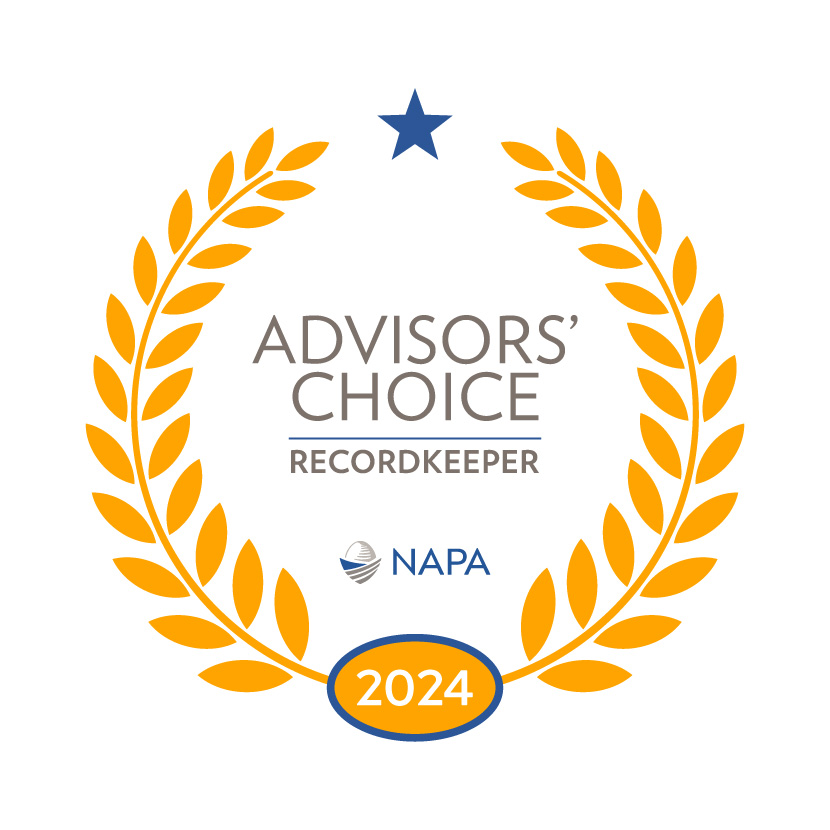How to help US Adults improve their financial literacy

It’s been said that knowledge is power. That often proves true when it comes to avoiding costly financial mistakes.
A 2022 survey by the National Financial Educators Council (NFEC) found the average person scored only 58 out of 100 on a financial literacy test and that a lack of financial literacy carries a high cost. The estimated average loss directly resulting from a lack of knowledge about personal finances was $1,819 in 2022, the highest in more than six years.¹ That’s an expense of more than $150 each month.
If that average number rings true for the estimated 254 million adults in the U.S., the result is a staggering $436 billion loss.¹
Poor financial literacy costs individuals a lot each year, but the losses don’t stop there. Consider compounding interest. If an individual continues to make the same financial mistakes, the value of the average loss — including compounding interest at 5% — could mean missing out on nearly $65,000 over the next 20 years.²
What’s more, employers miss out, too — 80% of employers say that money stress among employees lowers productivity.¹
Plan sponsors and financial professionals can help employees and their families improve financial literacy, avoid costly mistakes and better prepare for their futures. Consider the following common pitfalls, and the ways financial literacy improvements could help plan participants and employees avoid the added cost of financial missteps.
Credit card debt and fees
The largest losses among those in the NFEC survey resulted from overdependence on credit cards.¹ In fact, the Consumer Financial Protection Bureau estimates that credit cards are one of the largest sources of consumer debt, with the average American household paying about $1,000 per year in interest and fees.³
Some consumers may not even know how much interest they’re paying, which could reach as high as 25–30%, especially for those with bad credit ratings.¹ Increasing awareness about the actual interest rates people are paying and encouraging them to seek lower-interest alternatives is one way to help. Not paying off credit card balances each month, however, is the real problem, indicating that an individual isn’t living within their means. Helping them understand the importance of setting and keeping a budget needs to be a first step.
Overdraft fees
Overdraft fees are another unnecessary expense that eats away at a person’s savings over time, costing Americans an estimated $17 billion each year.¹ These fees may be in connection with checks, debit cards used at unauthorized ATMs or electronic transfer fees for online payments. Sometimes the overdraft fee exceeds the amount being withdrawn; regardless of their amounts, these fees add up over time.
Tracking balances carefully is the key to avoiding overdraft fees. Some banking institutions may also offer linked accounts. If an individual overdraws from a checking account, for example, the remaining balance can be withdrawn from a linked savings account. Consumers should explore their options and fully understand any overdraft policies when opening a bank or credit union account.
Vehicle payments
The United States has long had a love affair with cars. For some, a vehicle represents freedom. For others, it’s a status symbol. A problem arises when the vehicle’s supposed “status” doesn’t match the owner’s actual financial status.
The average median household income in the U.S. is just under $71,000.⁴ If an individual purchases a $50,000 vehicle and pays it off over five years, their monthly payment could exceed $800.¹ That’s a large chunk of someone’s take-home pay for a single line item. Plus, let’s not forget additional costs such as fuel, repairs, auto insurance and general maintenance. Financially illiterate people who don’t fully understand the implications of their big-ticket purchases may be more likely to get in over their heads. While financial professionals and plan sponsors may not be able to influence an individual’s vehicle purchase, it’s still worth doing their part to educate investors on potential consequences.
Retirement plan participation
Financial literacy has the potential to help the one-in-four working parents who currently struggle to pay their rent or mortgage, or who say they don’t have enough money to buy food for their families. It’s twice that for lower income households.⁵
It’s understandable that plan participants may lack interest in investing for the future when they struggle to meet their basic daily needs of food and shelter.
Some plan sponsors and financial professionals tend to center conversations with plan participants around investment strategies, diversified portfolios or more complex financial concepts. Understanding retirement plan options is important, but the concerning data surrounding a lack of financial literacy and its consequences may suggest that a back-to-basics conversation is in order.
Helping clients become more knowledgeable about basic financial best practices has the potential to improve financial habits that can have long-reaching benefits, even for those with limited resources. When they have a grasp on their day-to-day finances, it opens more opportunities to put their dollars to work for the future.



